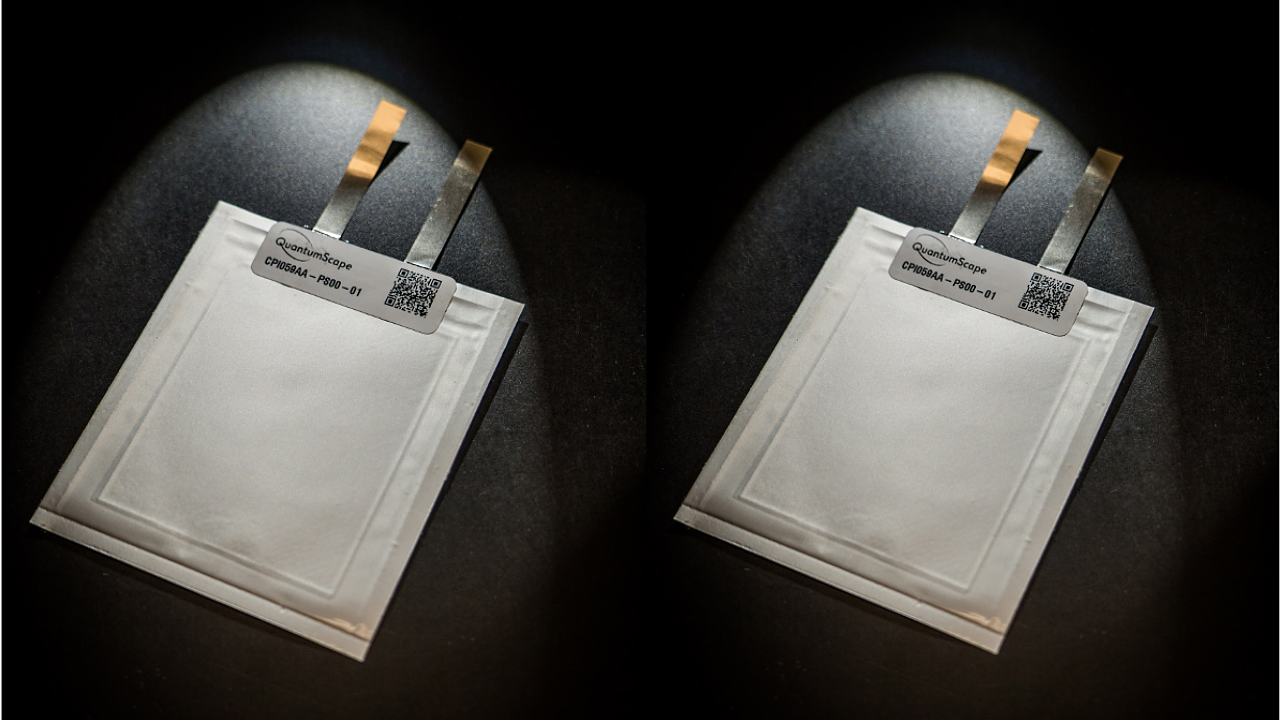
With an increasing number of electric vehicle (EV) players, the interest in developing, manufacturing, and sales of batteries, especially lithium-ion batteries, has been exponentially growing. Alongside, the interests in solid-state batteries have attracted the attention of material providers, battery vendors, component suppliers, automotive OEMs, and investors. The popular discussions on solid-state batteries have brought development both in academia and industry, fuelling its market to grow to $8 billion by 2031, according to IDTechEx’s new report “Solid-State and Polymer Batteries 2021-2031: Technology, Forecasts, Players.”
Game-changer
IDTechEx report stated that in 2015, Volkswagen got a 5% stake in QuantumScape, Dyson acquired Sakti3, Bosch acquired SEEO, and Johnson Battery Technologies sold its solid-state batteries to BP. Although in 2017, Bosch gave up SEEO and was selling the company, and Dyson abandoned the technologies of Sakti3, the interest in solid-state batteries never vanished.
Ford, Samsung, and Hyundai invested in Solid Power. The latter also partnered with BMW. Renault, Mitsubishi, and Nissan invested in Ionic Materials, the report noted.
In 2020, the newly developed solid-state batteries were based on an argyrodite electrolyte by Samsung and a further $ 200 million investment by Volkswagen on QuantumScape. In addition to these companies, Honda, Fisker, Panasonic, CATL also got involved in this game.
Common risk
In most commercial li-ion batteries, flammable liquid electrolytes are considered a threat to safety as they can easily shrink under high temperatures, lead to short circuits, and then catch fire.
In solid-state batteries, the liquid electrolytes are substituted with solid-state counterparts to enable safer, long-lasting batteries. Better safety implies less safety monitoring electronics in the battery modules/packs. Therefore, even the initial generations of solid-state batteries may have similar or even less energy density than conventional lithium-ion batteries, the energy available in the battery pack can be comparable or even higher than the latter.
The larger electrochemical window that the solid electrolytes can provide enables the use of high voltage cathode materials. In addition, high-energy-density lithium metal anode can further push the energy density beyond 1,000 Wh/L. These features can additionally make the solid-state battery a game-changer.
Landscape change
According to IDTechEx, lithium-ion battery manufacturing has been dominated by East Asia, with Japan, China, and South Korea playing a significant role. US and European countries are competing in the race, shifting the added values away from East Asia and building battery manufacturing close to the application market. New material selection and change of manufacturing procedures indicate a reshuffle of the battery supply chain. From both technology and business point of view, the development of solid-state batteries has become part of the next-generation battery strategy. It has become a global game with regional interests and governmental supports. There will be several opportunities available with new materials, components, systems, manufacturing methods, and know-how.
EVs to drive
The market demand for solid-state batteries mainly comes from EVs. Energy storage systems, consumer electronics such as smartphones, tablets, laptops are also target markets, and the latter may come true earlier.
With most companies’ mass production plans, like Japan ~2025-2030, Europe ~2025-2026, mainland China & Taiwan ~2022-1023, the solid-state battery will likely take off after 2025, although small-scale production may happen even earlier. The car plug-in market will take the largest share (66%) in 2031, followed by smartphone applications, the repot observed.
The electric vehicle market heavily drives the interests, and regional convenience is an essential consideration for the next stage of commercialisation, especially based on the current situation with COVID-19 affecting consumers’ purchasing decisions, lifestyle, and influencing globalisation. It will lead to further consolidation and partnerships, and new solid-state battery manufacturing sites are likely near the EV application market. At the same time, start-ups far away from the application markets tend to license their technologies rather than building manufacturing sites locally.
The report focuses on winning chemistries, with a full analysis of the eight inorganic solid electrolytes and organic polymer electrolytes.
In addition, it covers the manufacturing challenges related to solid electrolytes and how large companies try to address those limitations, as well as research progress and activities of the key players.
A study of lithium metal as a strategic resource is also presented, highlighting the strategic distribution of this material worldwide and its role in solid-state batteries. Some chemistries will be quite lithium-hungry and put a strain on mining companies worldwide, the report added.
Courtesy: IDTechEx. Photo is representational.